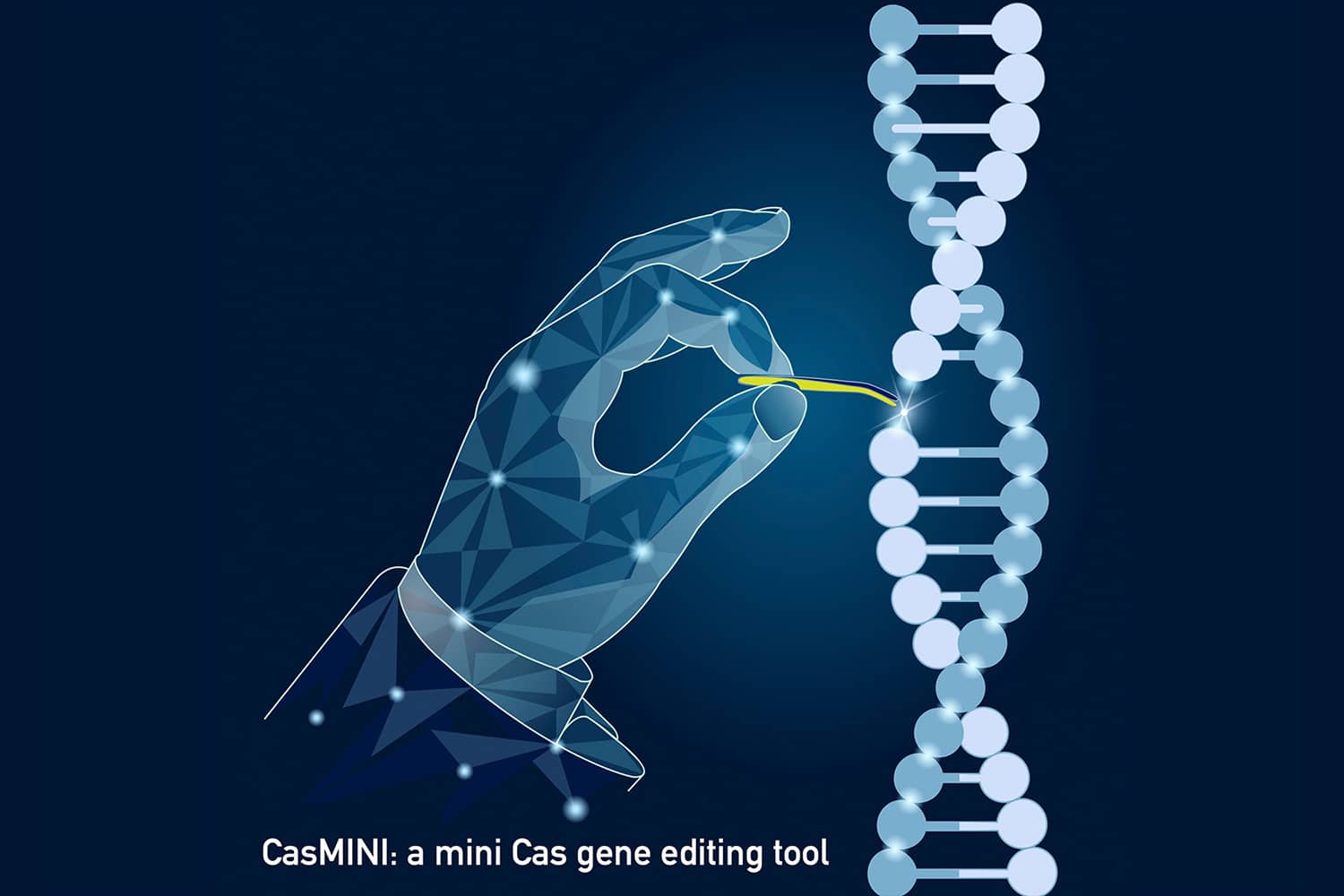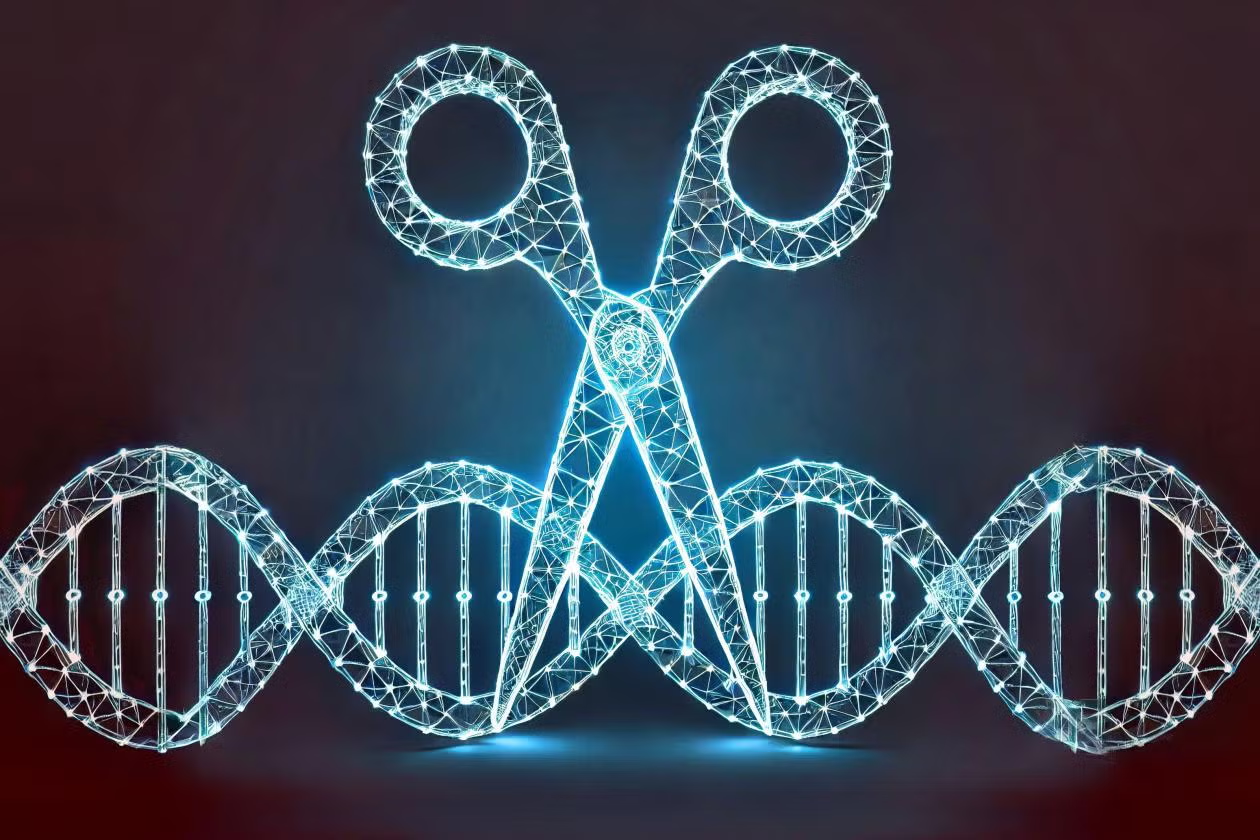Introduction: The Promise of CRISPR Technology
Imagine a world where genetic diseases—conditions passed down through generations—no longer exist. Where children are born free from the burdens of inherited disorders like cystic fibrosis, sickle cell anemia, or Huntington’s disease. This utopian vision is becoming increasingly possible thanks to CRISPR, a revolutionary gene-editing technology that has the potential to transform medicine as we know it.
CRISPR (Clustered Regularly Interspaced Short Palindromic Repeats) was first discovered in 1987, but it wasn’t until 2012 that scientists Jennifer Doudna and Emmanuelle Charpentier developed the technology to harness its power for gene editing. Since then, CRISPR has sparked a scientific revolution, offering an unprecedented ability to precisely alter the DNA of living organisms, including humans.
This article explores the potential of CRISPR to eliminate genetic diseases forever, examining how the technology works, the breakthroughs it has achieved, and the ethical considerations that come with such a powerful tool.
1. Understanding CRISPR Gene Editing
At its core, CRISPR acts like a molecular scissors, capable of cutting DNA at specific locations. This precision allows scientists to remove, add, or alter genetic material with incredible accuracy. The process begins with a guide RNA that locates the target gene, followed by the Cas9 protein, which cuts the DNA at the specified location. From there, the cell’s natural repair mechanisms take over, either repairing the DNA in a way that introduces a desired change or simply disrupting the gene entirely.
The simplicity and efficiency of CRISPR have made it a game-changer for genetic research. Unlike older gene-editing technologies, which were cumbersome and error-prone, CRISPR offers a streamlined approach that can be used on a variety of organisms, including human cells.
2. The Science Behind Gene Editing for Genetic Diseases

Genetic diseases arise from mutations in our DNA—errors in the genetic code that can lead to harmful or non-functional proteins. These mutations can be inherited from one or both parents or occur spontaneously during an individual’s lifetime. In either case, they disrupt the normal functioning of the body and can lead to serious health issues.
Traditional treatments for genetic diseases often focus on managing symptoms rather than addressing the underlying cause. However, CRISPR offers a groundbreaking opportunity to correct genetic mutations at their source, potentially curing the disease itself.
For example, in sickle cell anemia, a single mutation in the hemoglobin gene causes red blood cells to adopt a crescent shape, impairing their ability to carry oxygen. With CRISPR, scientists can target this mutation and correct it in the patient’s bone marrow, effectively curing the disease. In fact, early clinical trials have already shown promising results in patients who received CRISPR-based therapies for sickle cell anemia, leading some to hope that a cure for this devastating disease is within reach.
3. Real-World Breakthroughs: The Early Successes of CRISPR
The most exciting aspect of CRISPR’s potential lies in the groundbreaking successes already achieved. In 2019, a patient in the UK became the first to receive a CRISPR-based treatment for beta-thalassemia, a blood disorder caused by a mutation in the hemoglobin gene. Doctors used CRISPR to edit the patient’s bone marrow cells, correcting the mutation. Within months, the patient was free from the need for regular blood transfusions, a hallmark of the disease.
Similarly, in 2020, a study in the United States successfully used CRISPR to treat sickle cell anemia. In this case, researchers edited the DNA of a patient’s stem cells to reactivate a gene that helps produce fetal hemoglobin—a type of hemoglobin that is not affected by the sickle cell mutation. The patient showed significant improvement, with no signs of sickle cell disease after the treatment.
These successes are just the beginning. Clinical trials are ongoing for a variety of genetic diseases, including muscular dystrophy, cystic fibrosis, and even certain forms of cancer. The potential for CRISPR to revolutionize the treatment of genetic diseases is vast, and as the technology continues to advance, it’s likely that many more breakthroughs will follow.
4. Challenges and Limitations of CRISPR
Despite its promise, CRISPR is not without its challenges. One of the primary concerns is the risk of unintended genetic changes, known as off-target effects. While CRISPR is highly precise, it’s still possible for the guide RNA to direct the Cas9 protein to the wrong part of the genome, leading to potentially harmful mutations. Researchers are working to refine the technology to minimize these risks, but this remains a key challenge in ensuring the safety of CRISPR-based treatments.
Another challenge is delivery. To edit a patient’s DNA, the CRISPR components—guide RNA and Cas9 protein—must be delivered to the right cells in the body. This can be difficult, especially when targeting cells deep within tissues or organs. Scientists are exploring various delivery methods, including viral vectors, nanoparticles, and electroporation, but achieving efficient and targeted delivery remains a major hurdle.
Additionally, there are concerns about the long-term effects of gene editing. While editing a single gene might seem straightforward, the human genome is incredibly complex, and altering one gene could have unintended consequences elsewhere. More research is needed to fully understand the long-term impact of CRISPR-based therapies on human health and development.
5. Ethical Considerations: The Power to Edit the Human Genome
With great power comes great responsibility. The ability to edit the human genome raises profound ethical questions that society must grapple with. One of the most debated topics is germline editing—the process of editing the DNA of embryos or reproductive cells, which can be passed down to future generations.
Proponents argue that germline editing could eliminate genetic diseases once and for all, preventing them from being passed from parent to child. This could effectively end the suffering caused by inherited disorders, providing a permanent solution to many debilitating conditions. However, critics worry that germline editing could open the door to “designer babies”—children whose genetic makeup is manipulated for non-medical reasons, such as selecting for intelligence, physical appearance, or other traits.

The ethical implications of germline editing are further complicated by concerns about equity and access. If such technologies are only available to the wealthy, it could exacerbate existing social inequalities. Moreover, the potential for unintended consequences, such as unforeseen genetic disorders, raises concerns about the risks of editing the human germline.
As CRISPR technology advances, it will be crucial for policymakers, scientists, and ethicists to engage in an ongoing dialogue about the responsible use of gene editing and the potential consequences of altering the human genome.
6. The Future of CRISPR and Genetic Diseases
While there are still many challenges to overcome, the future of CRISPR in treating genetic diseases is undeniably bright. As the technology continues to evolve, the potential for curing genetic diseases—once thought to be impossible—becomes increasingly plausible.
In the coming years, it’s likely that CRISPR will be used not only for treating genetic disorders but also for preventing them. Prenatal gene editing could allow doctors to correct mutations before birth, potentially eliminating genetic diseases before they even have a chance to develop. Additionally, CRISPR could be used to enhance our understanding of genetic diseases, leading to the development of more effective treatments and therapies.
Beyond human health, CRISPR holds promise for agriculture, environmental conservation, and even biotechnology. The ability to edit the genomes of crops could lead to more resilient and nutritious plants, while gene editing in animals could help preserve endangered species or improve livestock health.
7. Conclusion: A New Era of Medicine
CRISPR gene editing is not just a technological breakthrough; it’s a paradigm shift in how we think about genetic diseases. What once seemed like science fiction is now within reach, and the potential to eliminate genetic disorders forever is closer than ever before.
As with any powerful tool, CRISPR comes with its challenges and ethical considerations. But with responsible use, continued research, and careful regulation, CRISPR could offer a future where genetic diseases are no longer a source of suffering, and humanity has unlocked the full potential of its genetic code.
In this new era of medicine, we have the opportunity to rewrite the script of our genetic destiny. And with CRISPR, the future of human health may just be limitless.











































